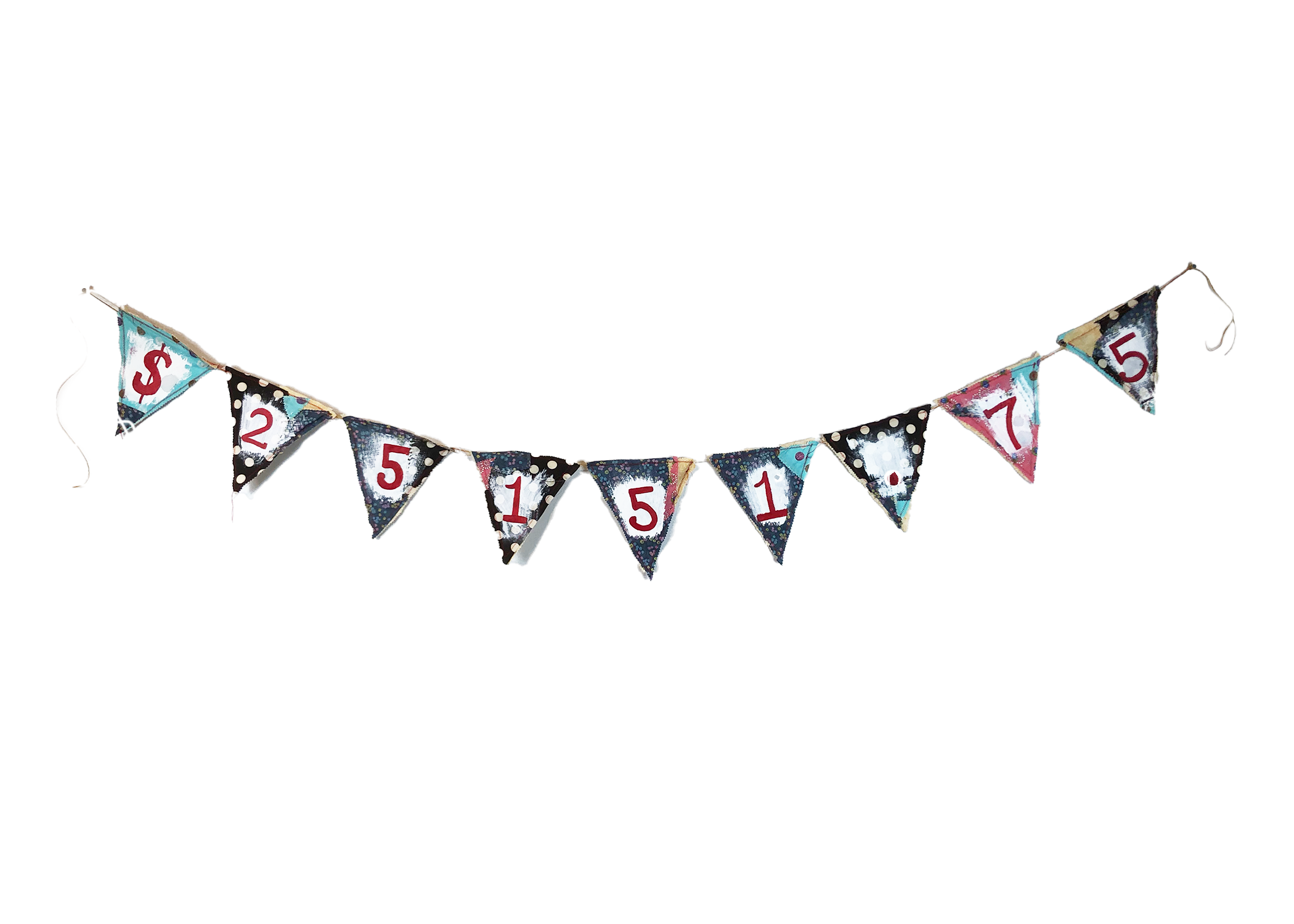$25, 151.75
Footnote 1
I am attempting, as Kathleen Stewart suggests in Ordinary Affects (2007) to build, “an idiosyncratic map of connections between a series of singularities” (p.5).
To build a map one usually needs to know the terrain. My terrain is that I grew up in a family of means, though conversations about money were as transparent as the brick exterior of my father’s father’s house he designed and built in 1966 on a near half acre tract in Wichita, Kansas. 2,595 square feet felt expansive when we visited. Especially in contrast with my mother’s mother’s home which was a section-8 subsidized apartment in nearby Emporia. My mama’s approach toward money was one shaped by a Mexican American childhood of scarcity, precarity, and lack. My father’s on the other side of the billfold, a solid foundation enough to mark his trajectory into white multimillionaire status today.
This foundation served me well enough to make it out of undergrad with zero student loan debt. A product of a healthy scholarship package at a land-grant university, working to live rent-free on campus, relying on friends to drive me everywhere because I did not own a car, several campus jobs and direct subsidizing from Dad to bridge the tuition gap. I knew I was unique in my funding situation. Many peers were work-study recipients or were taking out federal and private loans to cover their collegiate expenses. I remain grateful for this investment in me. The talk from my parents at this time (2000-2004) was, if you could help it, taking out a loan for college was not advised.
I couldn’t help it as much when I went to graduate school. Though again, I was lucky enough to score a good funding package that covered tuition, and provided $12,500-$15,000 on a nine-month basis tied to my role as teaching assistant or on fellowship. Living in Minneapolis meant about $130 a month was left to cover food, books, and the occasional fun to be had as I worked to become a professor. I am fighting hard against the temptation to share about my continued frugality. My desire to map the exact number of ramen noodle packs I ate, the second and third jobs I took at the time to supplement my income during the school year and on summer “break." The teaching of extra courses for summer school, on and beyond the campus that would eventually grant me my doctorate to which I traveled by bus courtesy of the transportation fee I paid that guaranteed my student ID would work on any bus or light rail. None of this really should matter. What mattered is that the pull of alleviating financial precarity with twice annual (fall and spring semester) dispersals of Direct and Indirect Subsidized Loans outweighed the time spent and the money earned when I was a Dolphin Staffing temp worker as a full time student.
The map as metaphor may be too limiting. Instead, with a compass you can almost always find your way. Maps change over time and depend on the mapmaker. Compasses can tell you which way you’re headed. What does due north look like for the collective toll of tens of millions of US borrowers holding more than $1 trillion dollars of student loan debt with compounding interest? I fear my compass is stuck. The map of my debt long made and re-forged haunts me from the version of myself who needed that funding to survive twenty years ago. The whirlwind of attempting to pay back these loans echoes the loss of my mother’s father’s house to a tornado in Greenleaf, Kansas. All equity in the home lost when the tornado took it because Abuelo Falcón couldn’t afford insurance. Perhaps he’s to blame for my “poor financial decisions?”

